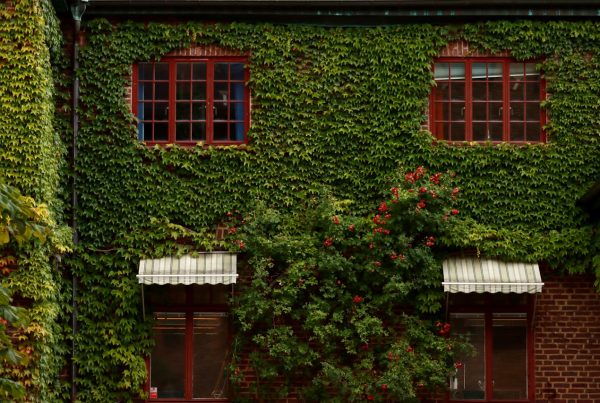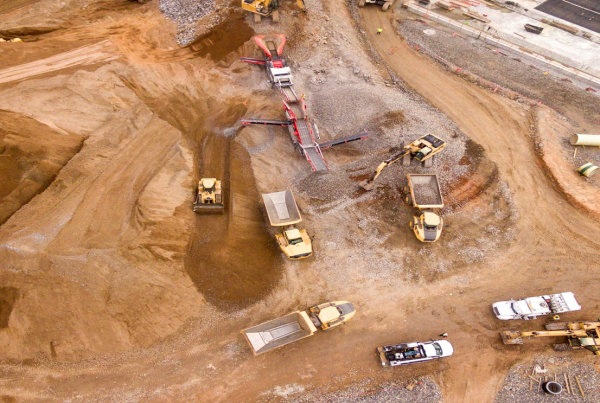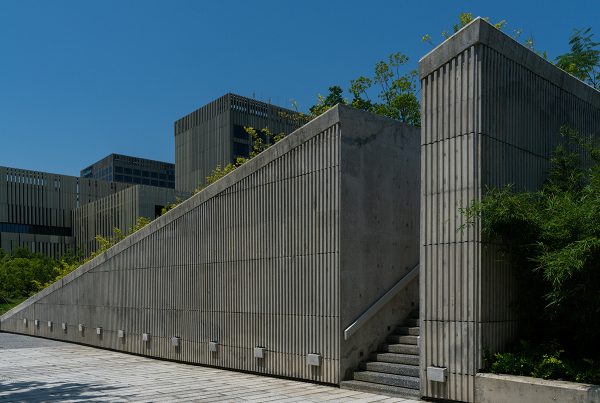The growth in the global construction market is set for a sustained period of strong development post-COVID-19, driven by factors like government spending on infrastructure, the transition to a net-zero society and growing populations that need more spaces to live, work and socialize. However, as green building techniques are necessary for climate preservation, emerging markets worldwide are making a positive impact.
There are green building markets not only advocating but also pushing forward for sustainable infrastructure in amny countries. Others still need help to get where they need to launch a thriving green building initiative.
What Is Green Building?
Before examining why some markets struggle, it’s essential to look at what sustainable infrastructure actually is and is not.
Green building is a holistic concept that refers to reducing the environmental impact of buildings and enhancing the health and well-being of building occupants. Many efforts are in progress to create robust and unique architecture that slows climate change through various scenarios, like:
- Optimized energy efficiency: Energy efficiency is the primary goal of green building design, using materials that derive from natural sources or ones with lower demands. These practices aid in the fight against climate change by reducing consumption and carbon emissions.
- Enhanced indoor environmental quality: Designers are developing sustainable architecture that caters to its occupants’ well-being. Elements include improved thermal conditions, better lighting and upgraded air quality.
- Use of sustainable materials: Architects and engineers use existing resources to reduce natural resource consumption, recycle existing materials or implement regenerative methodologies. Using circularity-based or eco-friendly strategies, they create efficient structures that perform better, are more durable and cost less than traditional counterparts.
- Lower maintenance: Green buildings have lower maintenance needs and costs, saving owners the headache inefficient buildings can bring and the investment.
- Ecosystem protection: There’s only one Earth and traditional building practices deplete natural resources and cause pollution, threatening the ecosystems’ futures. Green building works to eliminate those elements of construction and maintenance and reduce pollution to create a healthier world.
Emerging Green Building Markets
Organizations strive to make sustainable building practices the norm globally, but some markets are doing better than others. Here are two markets where activists are fighting to improve the number of green structures within them and why they are struggling.
Africa
Africa didn’t start out with a deficit of green building materials. In fact, the continent has traditionally used locally sourced materials for its growing cities. However, this was mainly due less to ethical reasons and more to economic necessity.
Before the economy grew, villages and small towns needed to use natural resources to build since there weren’t any other materials they could access or afford. Thankfully, there is a positive trend towards a better economy and better living conditions for some, but the embrace of green practices has waivered.
After the gross domestic product of both northern and sub-Saharan Africa took blows from the COVID-19 pandemic, the economy is once again growing, with countries like Libya and Rwanda leading the way. The recent expansion offers the opportunity for urban planning, which it is investing in. However, that development needs to be accompanied by eco-conscious practices or the climate impact will devastate the community’s health, food supply and economy.
Nearly half of Africa’s urban population lives in unsafe housing, while others rush to accommodate people coming into the cities. Often these quick fixes lead to buildings that aren’t structurally sound, let alone environmentally friendly. A growing urban population lives densely together, with a culture of consumerism increasing the carbon emitted into the atmosphere through the production and disposal of products.
Experts estimate that by 2050, another 1.1 billion people will be on the continent and need accommodation. Since 80% of the buildings aren’t yet built, there is a tremendous opportunity to use green building initiatives in their construction.
However, there is a knowledge barrier preventing the likelihood that the opportunity will come to fruition. Due to poverty and limited education, many people don’t know the benefits of sustainable building practices. Others fear the cost of green buildings will end up being too great for their community.
Middle East and North Africa
The Middle East and North Africa region are experiencing rapid growth thanks to an increase in urbanization. Experts predict the area will house 3.4 billion people by 2050, but regional conflicts and the demand for more structures pose challenges to the green building industry.
With various cultures and economies, the Middle East and North Africa are among the most complex green building markets. While many have the technology to transition to eco-friendly practices, several cultures rely on the old methods of staying cool and creating fast, easy products for the cities.
There’s a culture of convenience for those who can afford it, with power constantly going to air conditioners and other devices. Many don’t want to give that up, especially since they don’t know how green buildings would impact their communities. The buildings that do exist in the region often have extravagant designs, which could be intimidating for smaller municipalities.
The need for green building practices there isn’t just for the overall environment — it will hit close to home. In a region where many women struggle to secure their rights, they stay vulnerable to the climate impact regional carbon emissions will have. Since the majority of people in poverty are women and few are landowners, they rely on local resources to survive. With the increase in non-eco-friendly urban development, they risk losing what they need.
Removing the Roadblocks to Green Building Markets
Green building is necessary to reduce the growing impacts of climate change. By acknowledging the progress made worldwide and helping areas in need, everyone can create a more sustainable future without sacrificing the needs of a growing population.
As bleak as these green building markets seem, hope is on the horizon. Builders are responding to the challenge in Africa with the Manifesto for Sustainable Cities and the Built Environment, guiding leaders towards net-zero carbon structures.
The Green Building Council is working to minimize environmental effects in the Middle East and North Africa while maximizing the population’s well-being and increasing economic benefits. The Sustainable Reconstruction and Recovery Framework is a toolkit referenced when helping to rebuild communities. Qatar and the United Arab Emirates spearhead a sustainability movement, with the region’s highest amount of green buildings.
By providing various types of educational and institutional resources, movements in leading regions like Asia and North America can collaborate to encourage a consistent global level of sustainability.











